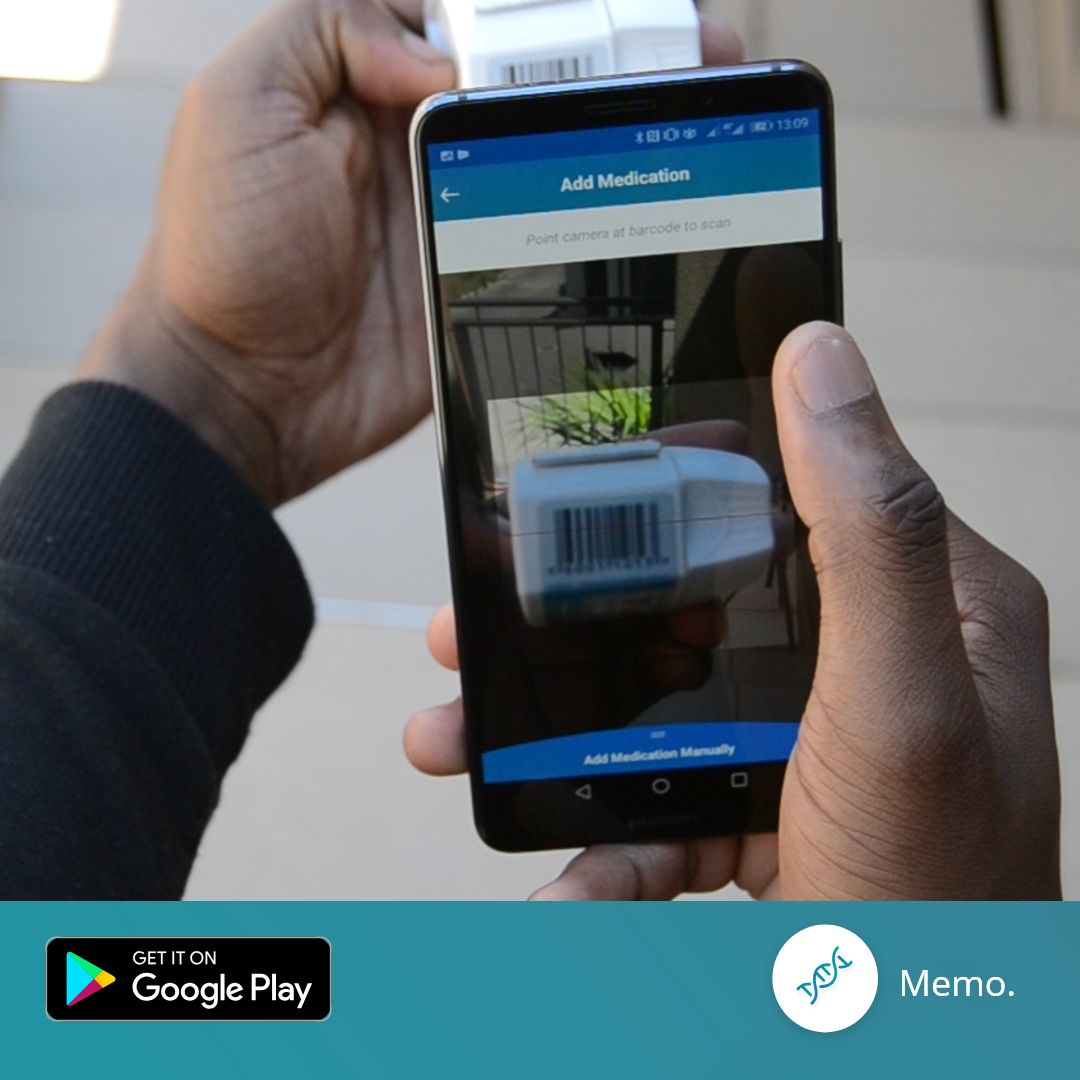Every 5 years when you see yellow shirts in the hood & politicians dancing on TV, you know it’s election time again. We’ve all wondered how this elections thingy works because usually, all you hear is: “vote & the rest shall follow” – the houses, the cars, the clothes, the water. Well #LiveVIPZA has come to the rescue! Here’s a breakdown of how the elections really works:
The elections are contested on 3 levels : National, Provincial and Municipal, but seeing that it is national & provincial election time we’ll focus more on the national. South Africa’s national elections take place every 5 years, where citizens who are eligible to vote (called the electorate) vote for a political party, NOT an individual.
The winning party then gets to put forward it’s chosen Presidential candidate in parliament, where the candidate is officially appointed as the President of the country. The political party then gets a share of seats in parliament directly proportional to the number of votes it got in elections. Each party that contested the election then chooses members to fill the seats it has won, this is called a proportional representation (PR) voting system.
There are 2 kinds of election systems:
- Constituency-based elections
Voters in each local area (constituency) elect an individual candidate to represent them in Parliament. The person who wins the majority of votes in each constituency becomes a Member of Parliament. The partly with the majority of MPs forms the government. In this kind of elections system the individual MP holds the seat, not the political party he or she belongs to.
- Proportional representation elections
Voters in a large area vote for political parties. The political party chooses the people who will become its MPs. Each party is allocated a number of seats proportional to how many votes it got in the election.
Before 1994 South Africa made use of the constituency-based elections system, but since then national and provincial elections have used proportional representation and party lists.
For example, if the EFF gets 15% of all the votes in the National elections then they get 15% of the seats in parliament. There are 400 seats in National parliament so for every 0.25% of the votes a party wins then it gets 1 seat in parliament, this is an example of the PR voting system.
The ANC currently has 65.9 % of the votes and 264 seats in parliament.
The IEC (Independent Electoral Commission) is responsible for the running of all the elections and making sure that they are fair and unbiased. Their duties include setting up voting stations in the most rural of places, installing telecommunications facilities and setting up a computer network to link all the voting stations. Most importantly they are in charge of the counting process and it’s their job to make sure that each and every single vote is counted correctly.
The party that wins the next election will become the majority party and will therefore be able to form a new government. It is up to the people to decide who they want to lead them, seeing that the youth makes up 70% of the population who do we want to lead us?
Twitter: @Thapelo_Mosiuoa
Check out our latest content on our VIP mini-site livevip.co.za and YouTube channel, Like our dedicated Facebook page Facebook/LiveVIPZA, join the discussion on Twitter #livevipza or join our Twibbon campaign.





